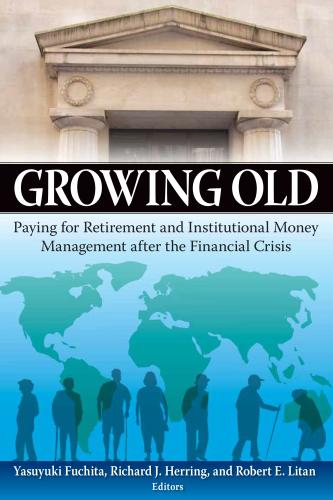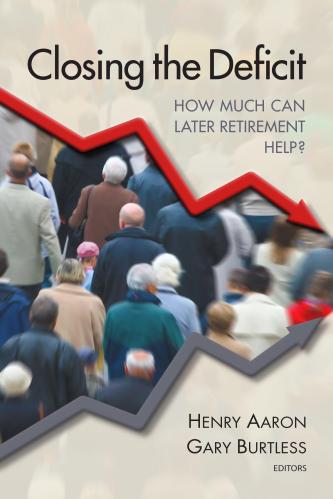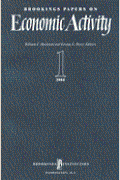ABSTRACT
Although rational models of risk-averse consumers have difficulty explaining limited annuity demand, we have shown in previous work that re-framing the decision in consumption terms rather than investment terms significantly increases the relative attractiveness of life annuities. In this paper we test the relative effectiveness of our two framing contexts when different reference points are introduced, testing for loss aversion in both investment and consumption frames. We find that the positive effect of the consumption frame on annuity preferences is unchanged when the frame includes an annuity purchase price, confirming that this effect was not driven by the omission of the most obvious investment-oriented reference point. Similarly, manipulations of other reference points (the level of principal protection in the investment frame or the level of habitual spending in the consumption frame) have minimal effects. Taken together, these findings provide little evidence that reference points are an important determinant of annuity demand in either frame. They also confirm our prior finding on the importance of consumption versus investment framing on the attractiveness of life annuities.









